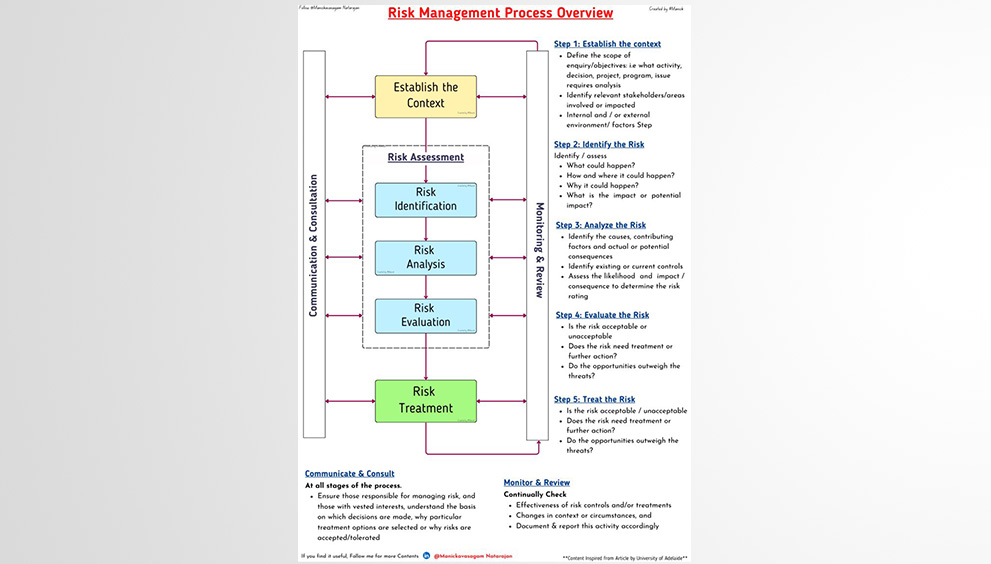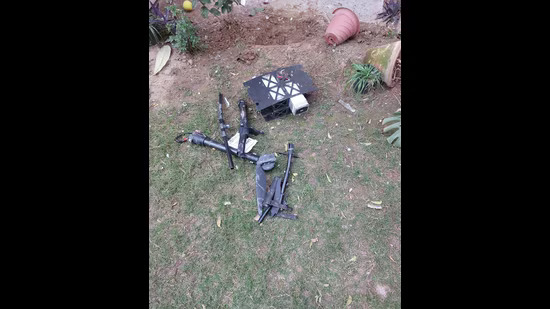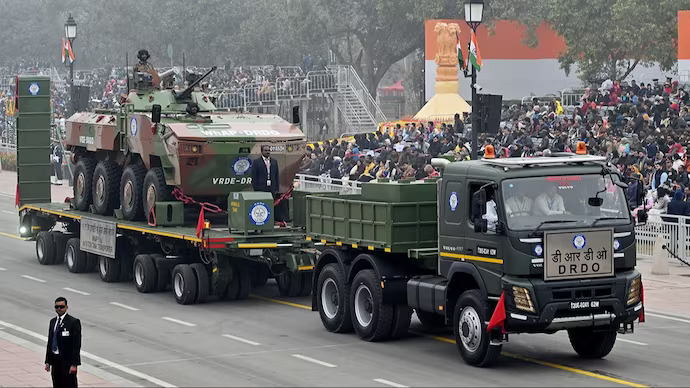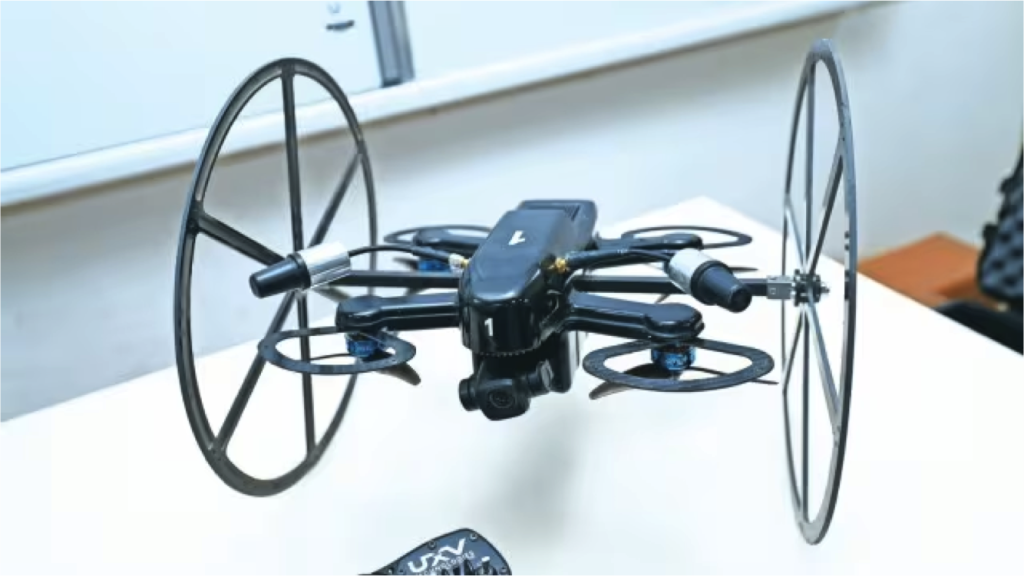SONIC BOOM: A DRONE-AGE REALITY?

By Vaibhav Agarwal.
When it comes to military technology, the pursuit of innovative weapons systems is relentless. The story of the M-25, the Soviet-era sonic boom attack aircraft, remains a fascinating chapter in this ongoing narrative. As we delve into the possibility of adapting such a concept to modern-day drones, it’s essential to understand the technological advancements and limitations that could either hinder or propel this ambitious idea.
Tale of The Terrific!
The story of the M-25 begins in the closing months of 1968 in south-western Russia. Above the cold, dry air over a proving ground near Lipeck, a lone MiG-21S “Fishbed” fighter jet roared, gaining speed as its pilot pushed the throttle grip. At the edge of the proving ground, the pilot nudged the flight stick forward, levelling the aircraft at an altitude of just a few dozen metres. As the afterburner kicked in, the jet went supersonic. The resulting shockwave echoed massively above the barren, frozen ground, flinging chunks of dirt and dried grass high into the air, trailing behind like a sideways hurricane. For any MiG pilot, a fighter becomes a bomber at supersonic speeds: the aircraft flies on rails, the flight stick feels “rubberized,” and even the slightest manoeuvre strains the airframe immensely. The further the deadly ground is, the better.
The MiG-21 low-level supersonic flight experiments were part of a secret military project, ordered by the Soviet Ministry of Aviation Industry. Several sensors were found scattered on the ground in the flight path of the fighter, narrow steel tubes resembling metal pens, fixed on stands made of roughly welded tubing. These sensors registered the shockwave as the plane swooped overhead. The experiments were a joint effort by the Institute of Theoretical and Applied Mechanics and the Soviet Air Force, with the goal of understanding the destructive potential of a sonic boom.
Vladimir Vasilyevich Struminsky, director of the Institute, walked through the Ministry of Aviation Industry in Moscow, carrying a folder marked “Top Secret.” The folder contained the report on the MiG-21 experiments and the Ministry council’s decision on a new project proposal: to start the development of “Theme 25: special-purpose sonic wave ground attack aircraft.” The experiments had shown that the MiG-21’s sonic boom, with a maximum pressure of 0.05 kilogram-force per square centimetre (0.7 psi), was enough to shatter window glass but barely anything more. Despite this, the concept proved promising enough to pursue further.
The MiG-21 was an aerodynamic aircraft designed to have minimal drag, which also meant a minimal sonic boom. To create a more powerful sonic boom, a far less aerodynamic aircraft was required. The shape of the aircraft was crucial: focusing the sonic boom would be possible by generating it with flat surfaces, rather than the round cross-sections of regular planes. According to Struminsky’s research, modifications to the MiG-21 airframe could increase the shockwave by 5-6 times, pushing the pressure into the territory of 5 psi—enough to collapse buildings and cause fatalities.
However, to make such an unaerodynamic aircraft supersonic, colossal thrust was needed. The aircraft’s structure would also have to endure significant drag and the heat that comes with it. To weaponize the destructive force of a sonic boom, a special, extremely sturdy airframe and stupendously powerful engines were required. Struminsky, who had left the Myasishchev Design Bureau in 1960 after contributing to supersonic strategic bomber projects, was not assigned to the task by chance. In 1960, the bureau was disbanded, with Struminsky being one of the men who spread the idea that intercontinental ballistic missiles would render strategic bombers obsolete.
A detailed design proposal was formulated and sent to the Ministry. The proposed fuselage was flat and rectangular, with a sharp nose and a cockpit in front. The underbelly would house a “ledge”—a protrusion extending during attacks to increase drag by 60%. Small “ribs” would extend from the corners of the ledge, further focusing the shockwave.
Several aircraft sizes were proposed, with weights ranging from 20 to 165 tons. The design weighing 110 tons, with a fuselage length of 39 metres and a wingspan of 25 metres, was developed the furthest and considered the most promising. For its wings, both delta and conventional configurations were considered, as well as various engine placements: within the fuselage, under the wings, and between the tail fins. The engineers primarily focused on the latter, but implementing it required the right engines.
Here lies the first major flaw of the M-25 project: the engines. Despite the Soviet Union having impressive engines for the time, like the AL-21F, none were suitable for the extreme demands of the M-25. The AL-21F, while powerful, did not make the grade for this unique aircraft. Without a suitable engine, the project faced a significant roadblock.

Challenges Faced
To overcome this, the thought was given to equipping the plane with rockets for its attack run, to push it over the required supersonic threshold. However, this solution introduced new problems. Adding rockets would not only increase the weight and drag but also exacerbate the heat generated by the aircraft. Furthermore, the complexities involved in integrating rockets into an already extreme design would require immense resources and intricate engineering solutions, adding another layer of difficulty.
The second significant issue was the operational feasibility of the aircraft. Flying supersonic at such low altitudes was inherently dangerous and demanding for pilots. The aircraft could only realistically be deployed over perfectly flat terrain, like the plains of Nebraska. In real-world scenarios, some form of advanced autopilot would be necessary to compensate for any terrain variations, a technology that was not readily available at the time. This limitation greatly restricted the potential effectiveness and deployment versatility of the M-25.
The lack of suitable engines was a major stumbling block, leading to further complications in the design. To achieve the desired performance, more money and resources were required, exacerbating the project’s challenges. Despite the innovative design and the potential for ground breaking capabilities, these practical issues proved insurmountable within the project’s constraints.
Attempts To Redevelop
Supposedly, the Americans and the French tried to create similar aircraft and conducted experiments with the F-104, the F-105, and the Mirage III in the mid-60s. While experiments on the effects of the sonic boom on the human body were conducted and widely covered, there is no evidence that anyone in the West tried to weaponize it.
By flying several M-25s in formation, their shockwaves would resonate, increasing their effect greatly and rendering them capable of tearing off tank turrets. This possibility seems far-fetched, as reports suggest that in 2019, NASA conducted the first supersonic formation flight experiments and found that the interaction between shockwaves was much more complex than initially thought.
Can Sonic Boom Be Weaponized In Drone-Age?
Fast forward to the present, drones have become indispensable in military operations across the globe. From reconnaissance to targeted strikes, their versatility and relative cost-effectiveness have revolutionised modern warfare. Notable examples host the MQ-9 Reaper hailing from the United States, the Bayraktar-TB2 used by Turkey, and China’s Wing Loong series. These drones, while advanced, are primarily designed for surveillance and precision strikes, not for generating sonic booms.
Given the advancements in aerospace technology, the question arises: is it possible to design drones capable of generating destructive sonic booms? Theoretically, yes. However, several significant challenges would need to be overcome.
The primary hurdle is the engine. Modern drones typically use turboprop or turbofan engines designed for efficiency rather than raw speed. To achieve the supersonic speeds necessary to generate a powerful sonic boom, drones would require advanced jet engines similar to those used in contemporary fighter jets.
The General Electric F110 engine, used in the F-16 Fighting Falcon and F-15 Eagle, provides the necessary thrust for supersonic speeds. Similarly, the Pratt & Whitney F119, which powers the F-22 Raptor, offers superior performance and could potentially be adapted for a high-speed drone. Another contender would be the Saturn AL-41F1 engine installed in the Russian Su-57. Despite their capabilities, these engines present a challenge: they are designed for manned aircraft, where pilot safety and control are paramount. Adapting them to an unmanned platform would require significant modifications to handle the increased stresses and ensure reliable autonomous operation.
Creating an airframe capable of withstanding the stresses of supersonic flight while also generating a focused sonic boom is another major challenge. The original M-25 design proposed a flat, rectangular fuselage with protrusions to increase drag and focus the shockwave. Modern materials and design techniques could potentially improve on this concept, but the fundamental issues remain. The airframe must be robust enough to handle the immense pressures and temperatures associated with supersonic flight. Advanced composites and alloys, like those used in the F-35 or B-21 Raider, could offer the necessary strength and heat resistance.
Other Potential Barriers
Flying at supersonic speeds at low altitudes is inherently unstable and dangerous. Modern autopilot and flight control systems have advanced significantly since the 1970s, but ensuring stable, controlled flight under such extreme conditions is still a formidable task. Developing an autopilot capable of handling the rapid changes in terrain and maintaining precise control at supersonic speeds would require cutting-edge software and sensor technology.
Modern drones such as the MQ-9 Reaper, Bayraktar-TB2, and Wing Loong are designed for endurance and precision rather than speed. Their engines, typically turboprops or small turbofans, prioritise fuel efficiency over thrust. These drones are also optimised for high-altitude surveillance and targeted strikes, not low-altitude, high-speed operations.
To repurpose these drones for generating sonic booms, fundamental redesigns would be necessary. This includes upgrading the engines, reinforcing the airframes, and developing new control systems. Such extensive modifications would be costly and complex, raising the question of whether the potential benefits justify the investment.
The investment in time and resources would be substantial. Conventional weapons systems, such as precision-guided munitions and advanced missile technologies, offer more predictable and controllable effects. The destructive potential of a sonic boom is difficult to harness and may not provide a significant strategic advantage over existing weapons.
The use of sonic booms as a weapon could violate international laws and treaties. The indiscriminate nature of shockwave damage raises ethical and legal concerns, making it a contentious choice for modern militaries. Effective deployment of a sonic boom weapon would require specific conditions, such as flat terrain and precise altitudes, limiting its operational flexibility. Current drones and aircraft are designed for versatility across various environments and missions. The collateral damage caused by sonic booms could lead to significant civilian casualties and infrastructure destruction, making it a less desirable option for military planners who aim to minimise non-combatant harm.
Top Candidates For Redesigning
The MQ-9 Reaper, widely used by the U.S. military, is powered by a Honeywell TPE331-10 turboprop engine. To achieve supersonic speeds, a completely different propulsion system would be required. One possibility is adapting the GE F110 or the Pratt & Whitney F119 engines to a drone airframe. This would involve redesigning the drone to accommodate the larger, more powerful engines and ensuring the structural integrity to handle supersonic flight.
Integrating a high-thrust jet engine into a drone designed for turboprop engines would require significant redesigns of the airframe and fuel systems. Supersonic flight generates extreme heat, necessitating advanced cooling systems and heat-resistant materials. Developing an autonomous control system capable of maintaining stability and precision at supersonic speeds is crucial.
The Bayraktar-TB2, used effectively in conflicts such as the Nagorno-Karabakh war, is powered by a Rotax-912 internal combustion engine. Transforming it into a supersonic drone would be even more challenging due to its lightweight design and relatively low power. Upgrading to a jet engine would be the first step, but the TB2’s airframe would need extensive modifications to support the new engine and withstand supersonic speeds. The airframe would require significant strengthening, likely increasing weight and reducing the drone’s endurance and agility.
The transition from theoretical designs to practical, operational supersonic drones faces numerous obstacles. The technological complexity, coupled with the strategic and ethical considerations, has kept such concepts on the drawing board rather than in active development. However, continued advancements in aerospace engineering, materials science, and autonomous systems may eventually make the concept more viable. Research into hypersonic flight and new propulsion technologies, such as scramjets and advanced ramjets, could provide the necessary breakthroughs.
Modern drones, with their advanced capabilities and flexibility, offer a potential platform for revisiting this concept. However, significant technological, operational, and ethical challenges must be addressed before supersonic drones could become a reality.
Vaibhav Agrawal is a senior Defence and Space Journalist serving as the editor at Business Upturn. He can be reached at vaibhavmag1@gmail.com This essay reflects the his opinion alone

 Member Login
Member Login 





































































































































































































































































































































































































































































































































